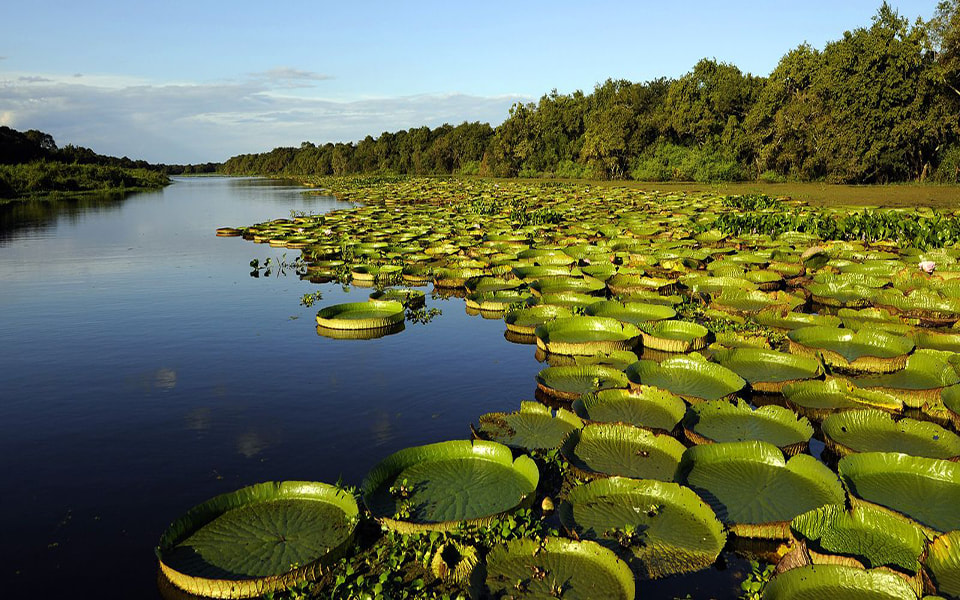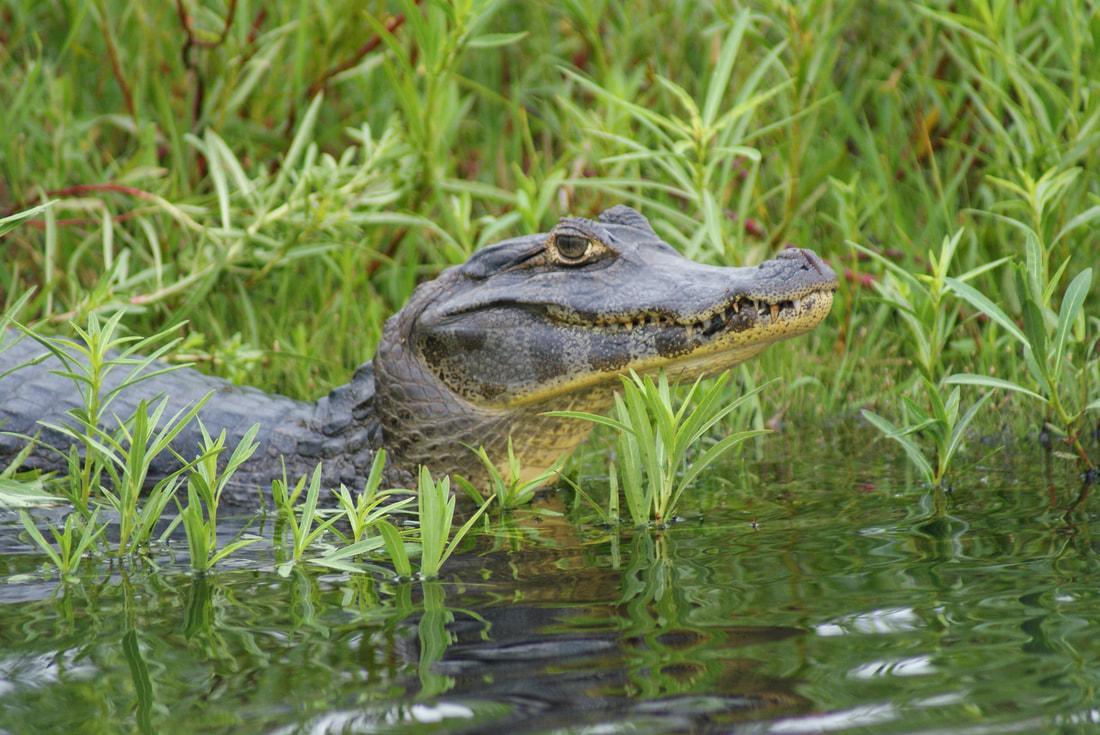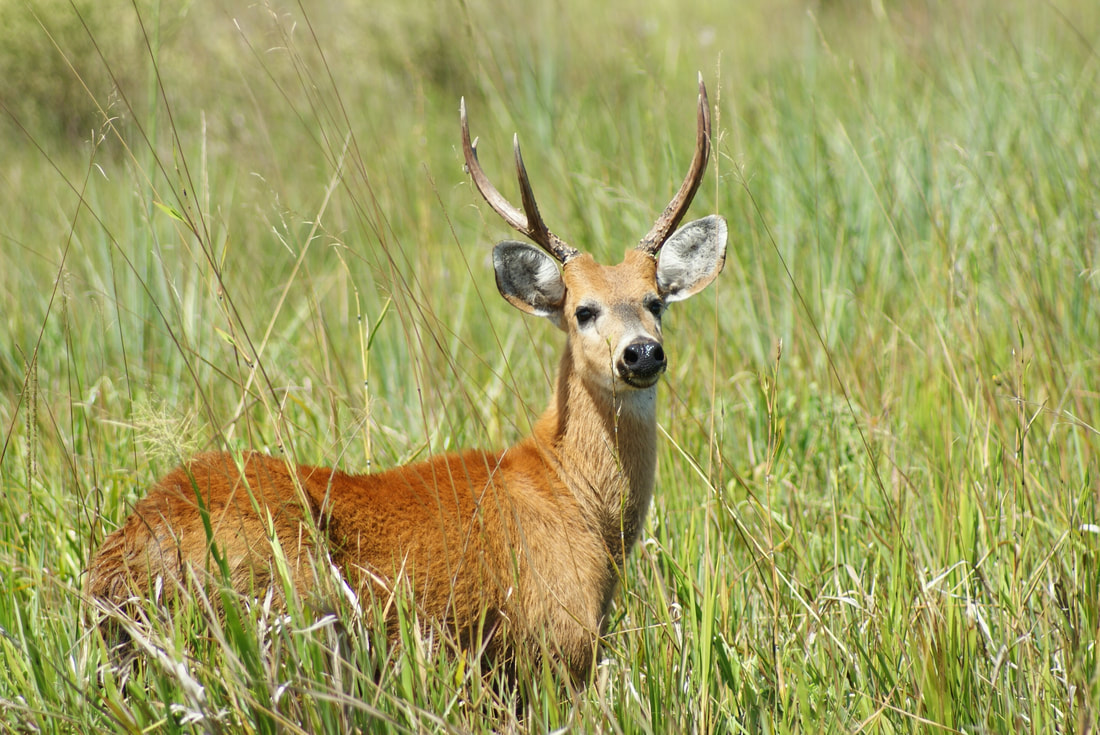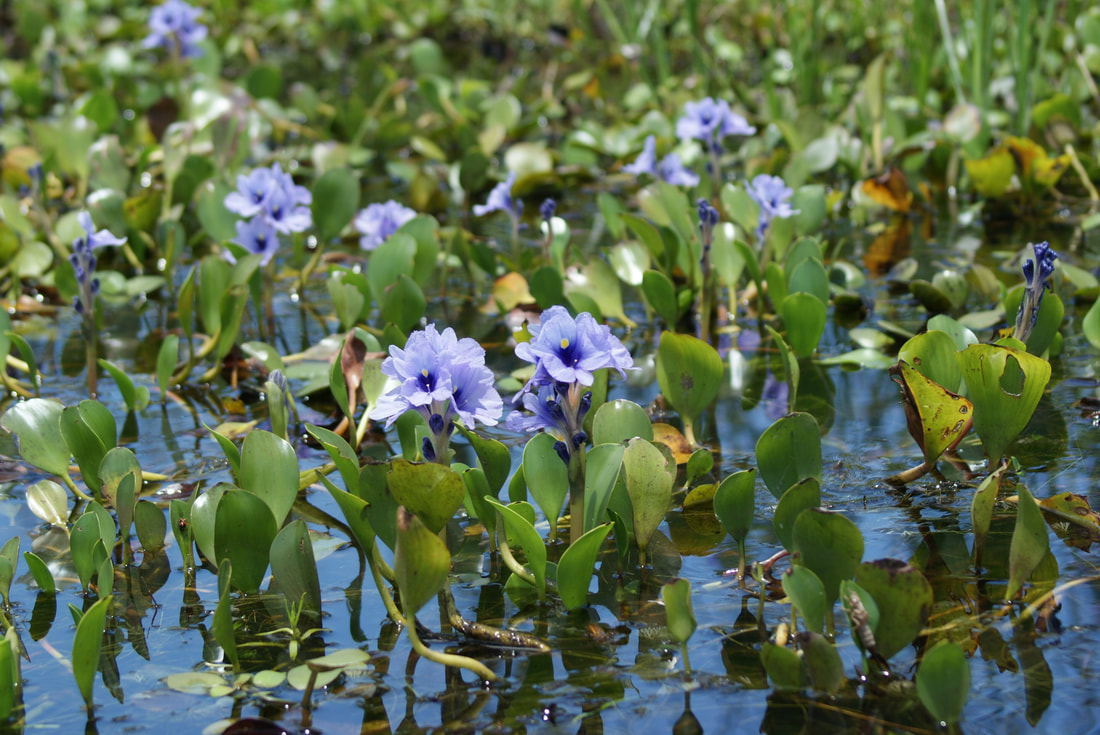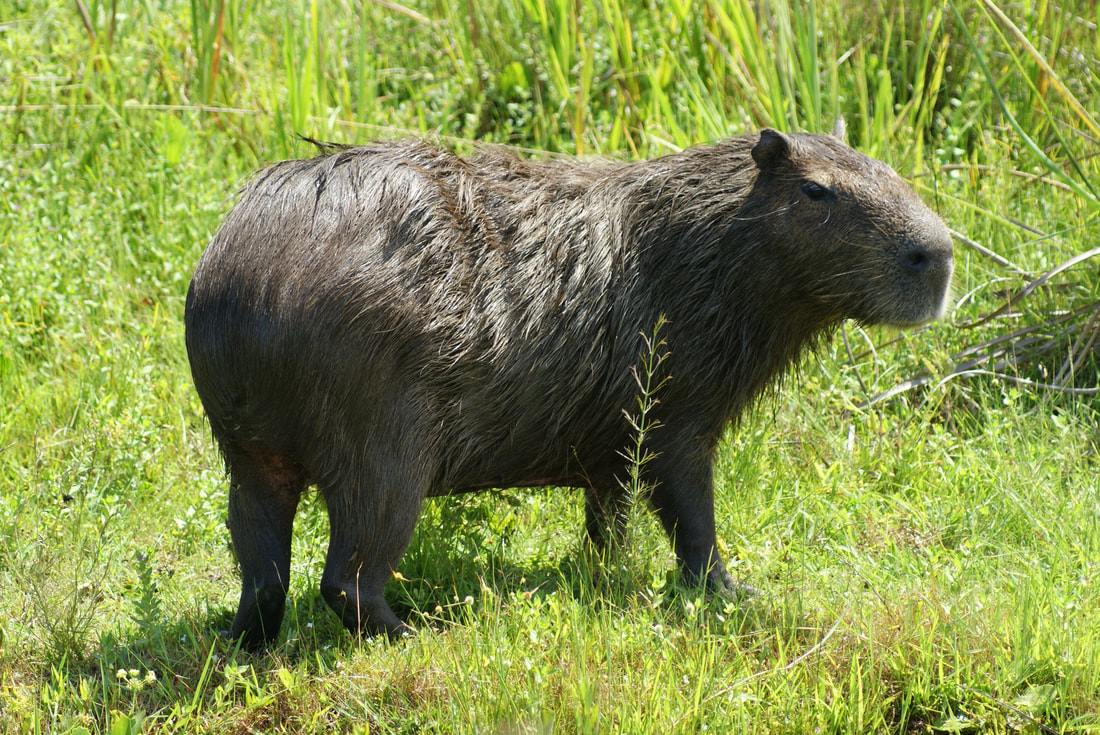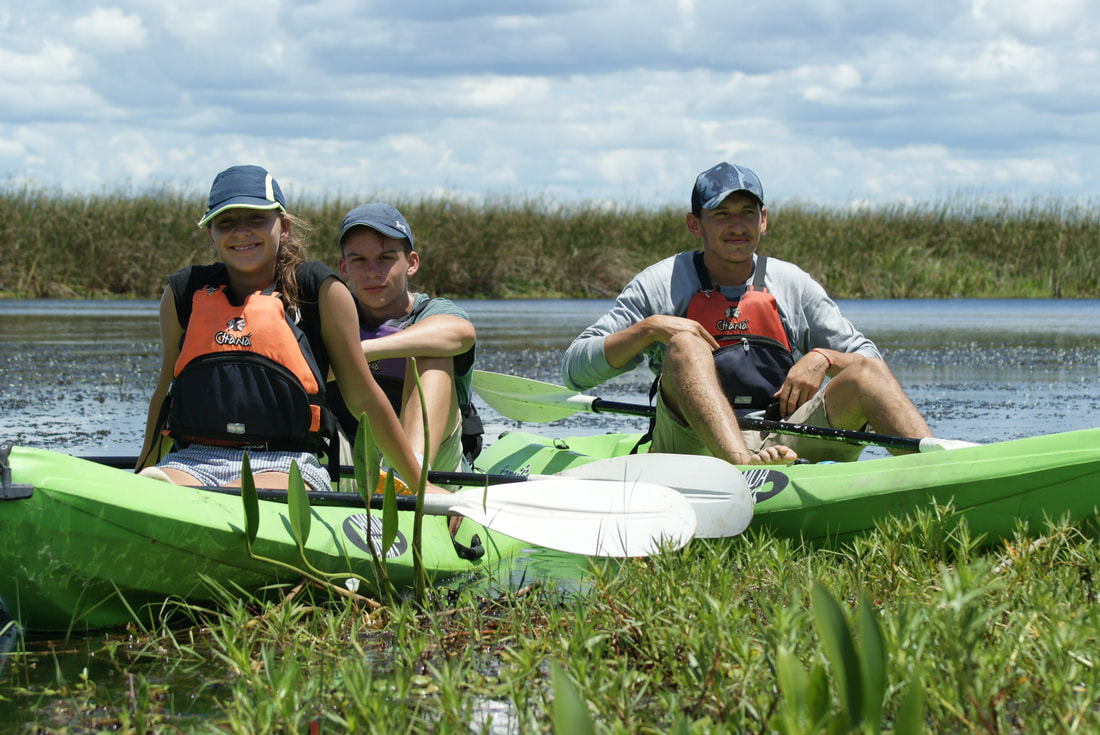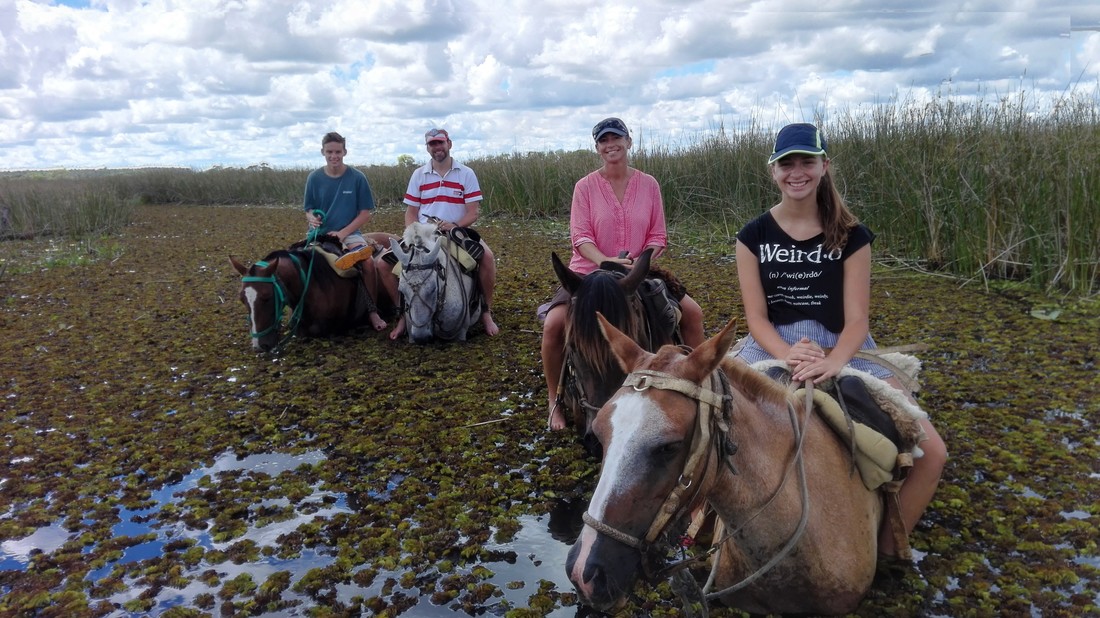| Known locally as Esteros del Iberá, this vast wetland area is situated in Argentina’s northern province of Corrientes. It is one of the most important freshwater reservoirs in the continent and the world’s second-largest body of fresh water (after the Pantanal in Brazil). The basin itself, formed through tectonic plate movements, is filled with natural rainwater and serves as a filter for one of the largest underground lakes in the world, the Guarini Aquifer. It comprises a mixture of marshlands, lagoons and savannah grasslands and is home to a staggering 4,000 plant and animal species, making up 30 per cent of Argentina’s biodiversity. |
While this is, sadly, not an unusual scenario in areas rich in wildlife, the story behind its reversal in Esterros del Iberá really is.
In 1983, as part of an international treaty for the conservation and sustainable utilization of wetlands, the area was included within a provincial protected area, the Iberá Provincial Reserve. Driven by a combination of philanthropy, social conscience and local pride, Ibera’s renaissance began.
| The reserve is now administered by innovative NGOs and the Corrientes government with the aim of protecting the fragile ecosystem of the area, and reversing the decline of native wildlife species. Donations of tracts of land have seen the boundaries of the park expanded from the original provincial reserve to include four new national park zones to form the Gran Parque Iberá. The total protected area is around 13,000 km2, the largest of such areas in Argentina. While Esteros del Iberá is already home to over 350 types of birds and other species such as marsh deer, anaconda, foxes, howler monkeys, capybara, piranhas and two types of caiman crocodiles including the small yacare — the reintroduction of species previously extirpated from the area is the main focus of the reserve’s administration. As part of the largest reintroduction initiative of wildlife in South America, giant anteaters and pampas deer have already successfully been established within the Iberá region. Puma, jaguar, maned wolf and giant otters are also making headway. |
Although the local people are flattered by the attention they’re now receiving – and extremely excited about the potential for sustainable tourism growth in the future — they are very content to play a supporting role to the main attraction — the calm beauty of the wetlands themselves.
| The landscape is stunning and serene in equal measures. Lakes studded with water hyacinth beds that form natural dykes provide a rich breeding ground for all manner of plant life. We were particularly enchanted by the seemingly endless fields of water lillies and their bold pink flowers, framed against the vibrant green of the surrounding vegetation and the bright blue Argentinian sky. I wondered why we don’t hear more about this amazingly diverse place and concluded it’s probably due to the fact that it remains relatively difficult to access. With no direct flights and poor roading in the area, only the most committed, or in our case, inquisitive, travellers are making the journey. |
The traditional stepping off point to the area is Collonia Pellegrini, set on the eastern edge of the reserve. We, however, entered it from the western side making the quaint town of Concepción our base.
| Entrance to Iberá Provincial Reserve is only permitted with a local and registered guide, preferably one with a sturdy four-wheel-drive vehicle to navigate the pot-holed tracks leading to the jetty at the wetland’s entrance. We spotted greater rhea – South America’s largest flightless bird, which is similar to an ostrich – marsh deer, and numerous birds such as owls and hawks as we rambled along the dusty tracks to our destination. My favourite animal we got to spot, however, was the capybara – native to South America, this is the largest living rodent in the world. With the adult male reaching up to 66kgs in weight and living in groups of up to twenty animals, they make an impressive sight. |
| On the second day, our trek on horseback through the swampy reeds brought a further and rather unique perspective to the area. I could almost imagine life as a real gaucho as I held the reins in the local one-handed style and felt the waters lap against my knees while birds took flight as I passed. We departed with Iberá having earned a place in our hearts as one of our true highlights of Argentina. We felt refreshed, relaxed and enriched by our wetlands experience, but also uplifted by a sense of optimism. If human impact and attitudes can be reversed so successfully here, then where else? The Iberá story is one that I truly hope to see rewritten all over the world. |
